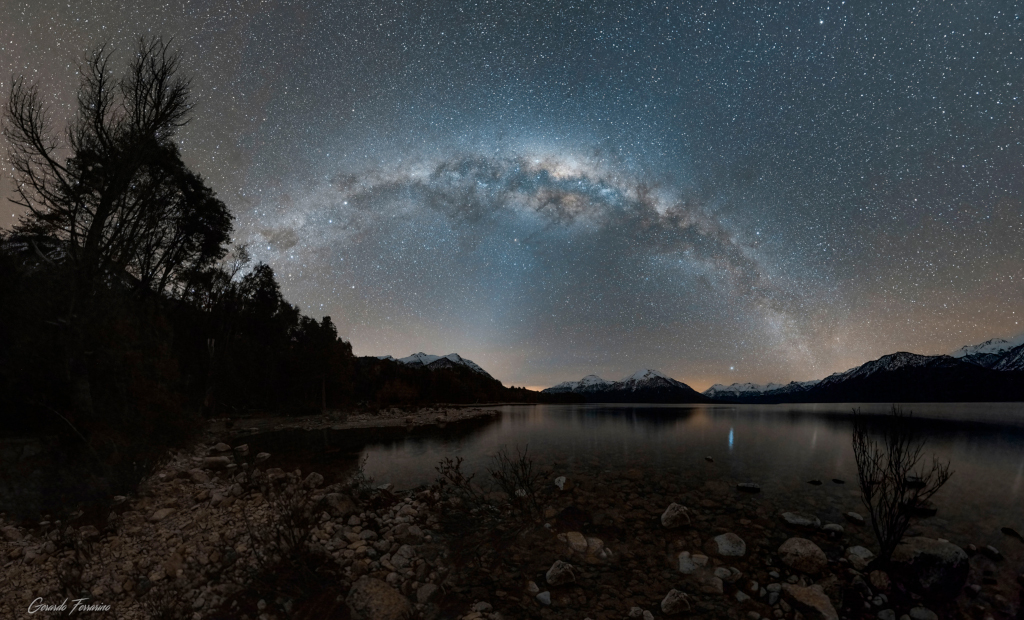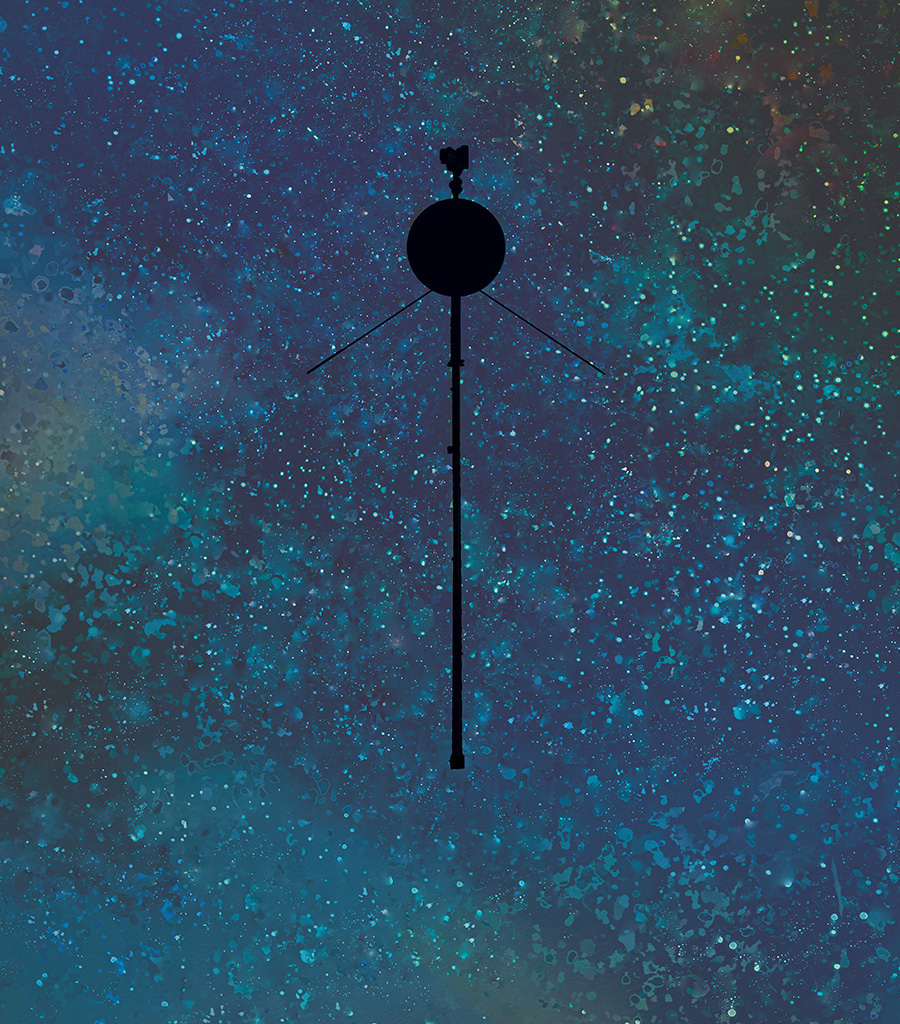안녕하세요, 잡학다식 입니다. 오늘은 과연 나사에서 어떤 방식으로 우주의 형상을 표현해 줄까요?
우선 이미지부터 볼 수 있도록 하겠습니다
해당 사진의 이름은 Planets of the Solar System: Tilts and Spins 인데요 우선 NASA에서 공식적으로 발표한 설명들을 확인해 보겠습니다
How does your favorite planet spin? Does it spin rapidly around a nearly vertical axis, or horizontally, or backwards? The featured video animates NASA images of all eight planets in our Solar System to show them spinning side-by-side for an easy comparison. In the time-lapse video, a day on Earth -- one Earth rotation -- takes just a few seconds. Jupiter rotates the fastest, while Venus spins not only the slowest (can you see it?), but backwards. The inner rocky planets across the top underwent dramatic spin-altering collisions during the early days of the Solar System. Why planets spin and tilt as they do remains a topic of research with much insight gained from modern computer modeling and the recent discovery and analysis of hundreds of exoplanets: planets orbiting other stars.
이번에도 광활한 우주 앞에 인간이 얼마나 작은 존재인지 다시 한번 알게 되는것 같습니다
저는 내일도 더 좋은 사진과 함께 돌아오겠습니다, 그럼 행목한 하루 되시길 바랍니다
'과학상식' 카테고리의 다른 글
| NASA 나사의 오늘의 이미지들 (2022-09-13) (0) | 2022.09.14 |
|---|---|
| NASA 나사의 오늘의 이미지들 (2022-09-12) (0) | 2022.09.13 |
| NASA 나사의 오늘의 이미지들 (2022-09-10) (0) | 2022.09.11 |
| NASA 나사의 오늘의 이미지들 (2022-09-09) (0) | 2022.09.10 |
| NASA 나사의 오늘의 이미지들 (2022-09-08) (0) | 2022.09.09 |

